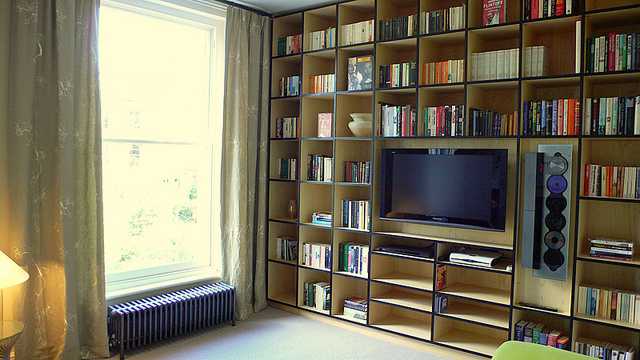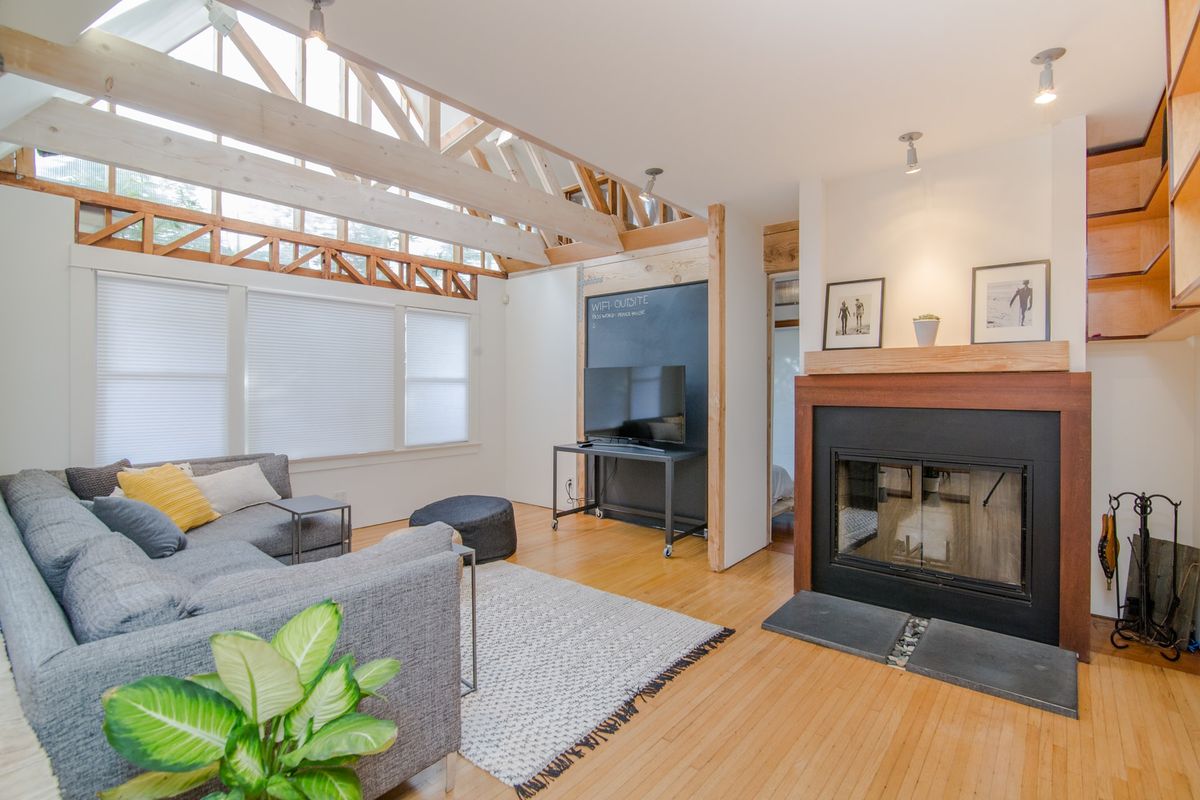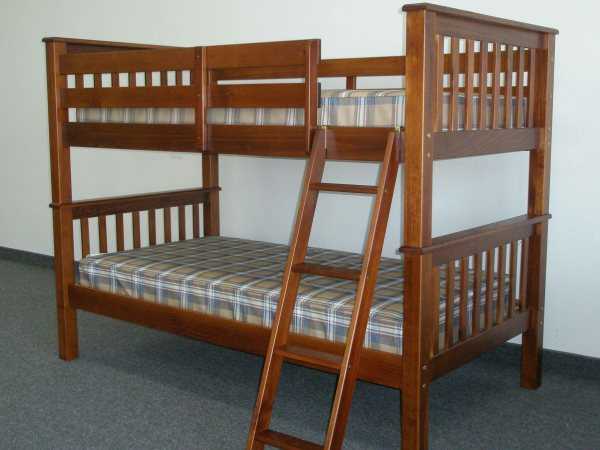
Building a basic bookshelf is among the commonest DIY carpentry projects. In fact, simple projects such as setting up a bookshelf can also be a great way to introduce your kids to wood work and how to handle tools safely.
In addition, the scope of creativity in book shelves is immense. Literally hundreds of designs are available online. You can pick up any of them or construct a completely unique design.
Tools and materials
You will not need many tools for the job. A circular saw, a hammer, and a multipurpose drill are the only two instruments you would need. You will also need medium sized rust free nails to set up the structure. About materials, choose the timber wisely with an eye on its aesthetics. Oak, pine, rosewood, and cedar all have their unique grains, color, and texture. You can also use plywood. Look up lumberyards for discarded wood planks that can be purchased at a cheap rate. Planks from wooden shipping containers can be good options if you can lay hold on them.
Basic designs
The basic design of a bookshelf is the parallel beam one you see almost ubiquitously. You can either set up a complete structure with consecutive parallel beams or drill the slabs separately and directly to the wall, placed parallel. Always keep a note on the space between subsequent shelves. Keep it in such a manner that you have sufficient space for big hard covers and the average fictions/ non fictions. Here, you can also be creative with the spacing.
For example, the space between shelves can be arranged at a decreasing order upwards or downwards. You can also set up a wide shelf in between and narrow ones at the ends. Obviously, you can also keep all spaces of similar size for a homogenous symmetric sense. In any design, you must make sure that the shelves are fit sturdily to handle the weight of the books or showpieces you want to display.
Creative designs
Check out the various creative designs. Wood can be cut and placed in any variety of formats as long as you make it balanced and fortified by adequate support. You may want a bookshelf with an extended slab for placing the computer/ TV/ or music system. The main idea is to have a layout for a balanced structure. For example, when you are incorporating a wide shelf at the second level for the computer, make sure that the base has sturdy fixtures to support the weight. Use ‘blocking’ technique of placing wood boards for extra fortification.
The back of the book case can be open or covered. If it is covered, make sure the width of the shelf is sufficient to adjust the widest book you have. The back-open shelves are common choices because these can be simply sided with the wall. The wall serves as the automatic back support for the books. Pick up a good design inspiration and work on it. If you have something unique on mind, get it done practically, but proceed with a good layout for the same right from the beginning.



